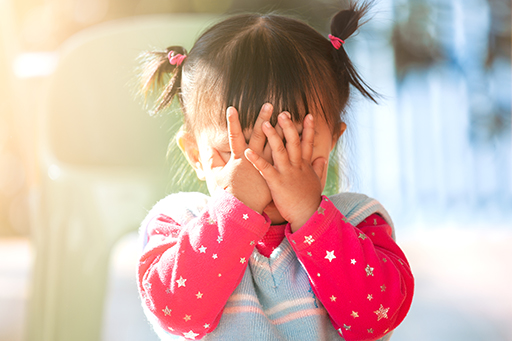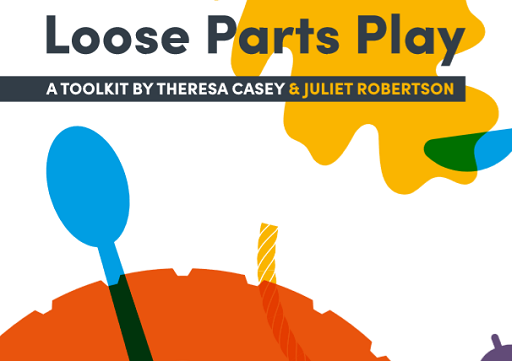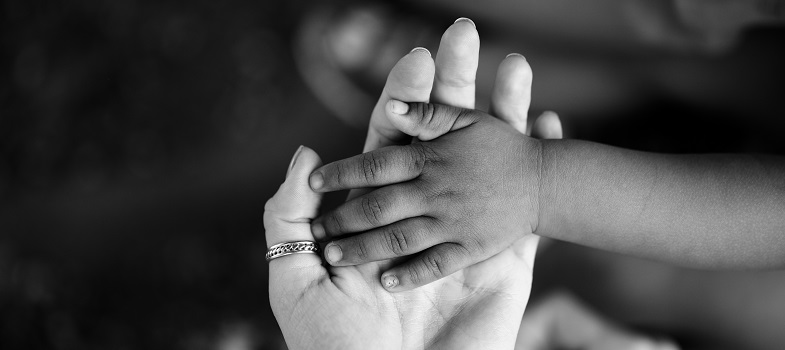2.3 Inclusive play
This section looks at how you can make play as inclusive as possible for all children by using ‘cues and mirroring’ in your practice to build relationships.
Building relationships
The previous party case study illustrates how knowledge and understanding of individual children needs to influence everyday practice. We can only build this knowledge if we develop positive relationships with children and their families where we tune into their experience of the world.
We can do this in different ways. We can talk to children and their families, we can observe children’s interactions and play, and we might join children in their play, but it is important to bear in mind that not all children will want an adult to be involved in their play.

Play cues and mirroring
Children can invite others to join in play by giving cues or mirroring actions. This is a hint or invitation to join in and play, and it might be verbal or physical. Physical cues can include children using facial expressions, eye movements or gazing at an adult and waiting for a response. The cues can sometimes be very subtle. It is important to be aware that not all children will give play cues in this way. For example, children with autistic spectrum disorder may not want to play with others but it is still important to try and engage with them.
Joining children in play might be something adults choose to do in response to a child’s play cue. Responding to a play cue – such as joining in with a game of peek-a-boo that a child has started – is a way of building a trusting relationship.
When you respond to a child’s play cue as an adult, you are making it clear that they are leading the play.
Examples of play cues include:
- a tap on the shoulder and running away laughing
- making a funny face at someone
- hiding and peeking out (peek-a-boo)
- throwing a ball to someone
- moving closer to someone with things to play with
- allocating roles, e.g. ‘you can be the dragon’
- making space in a group for someone else to join.
(Adapted from Casey and Roberston, 2019. You may wish to look at the Loose Parts Toolkit – see the link in Figure 2.4’s caption for more information.)

Children have different ways of communicating through play. Tuning in to each other’s different play cues and responding appropriately can be challenging for some children. Children with a disability or with limited verbal communication might find it more difficult to interpret or initiate play with others. Adults can support children to notice different play cues and find appropriate ways to respond.
Extension activity
If you would like to see an example of how a dancer and the children play and dance together, partly through mirroring (copying) each other’s movement, please see the extension activity at the end of this session.
2.2 Unique individuals in a shared community
